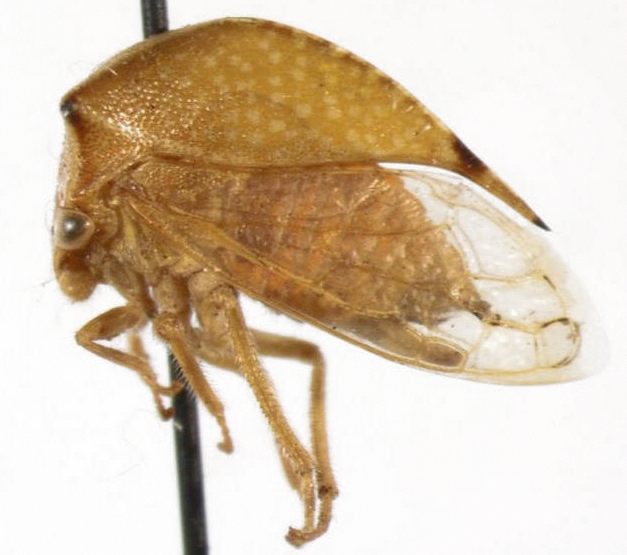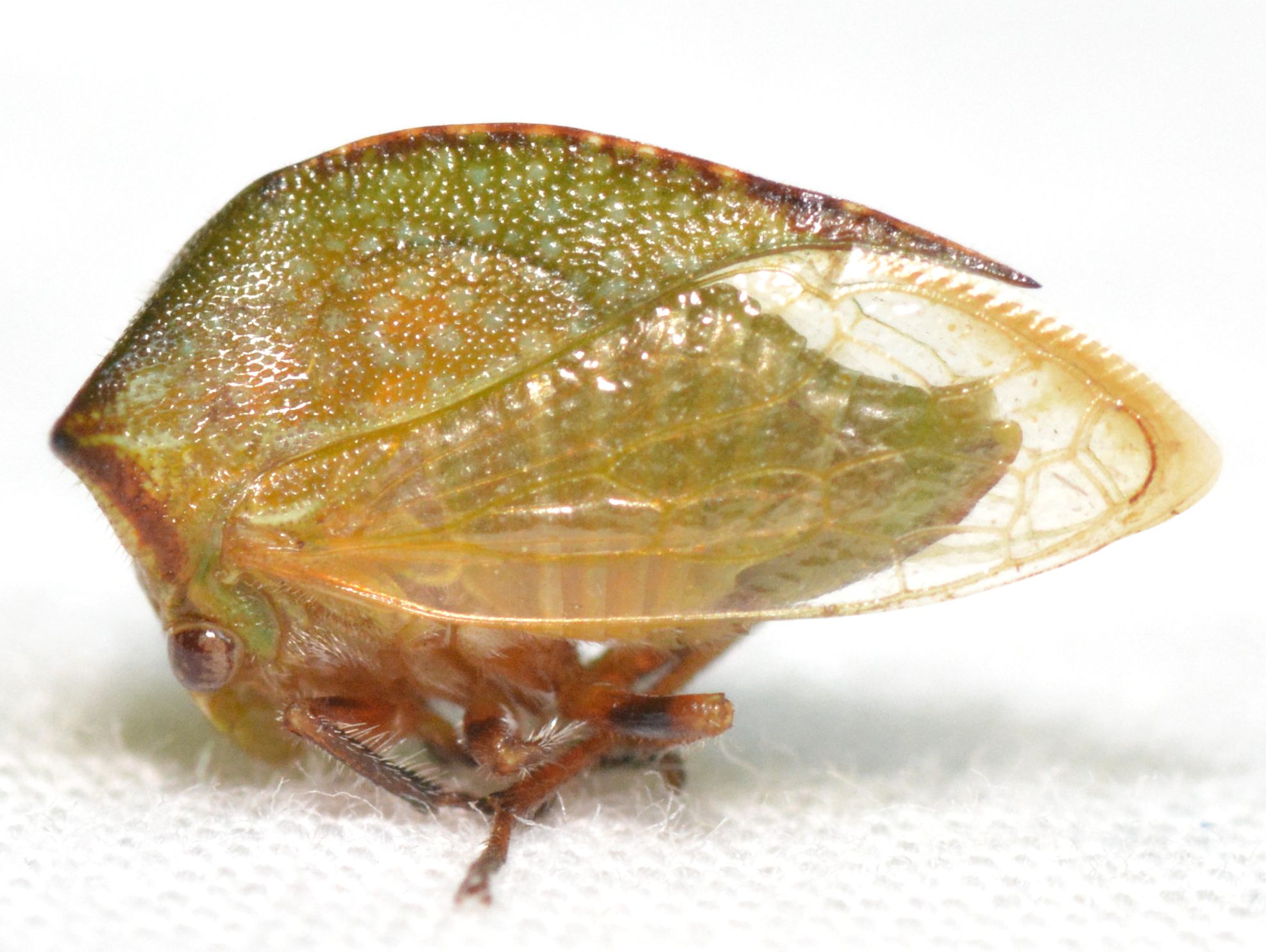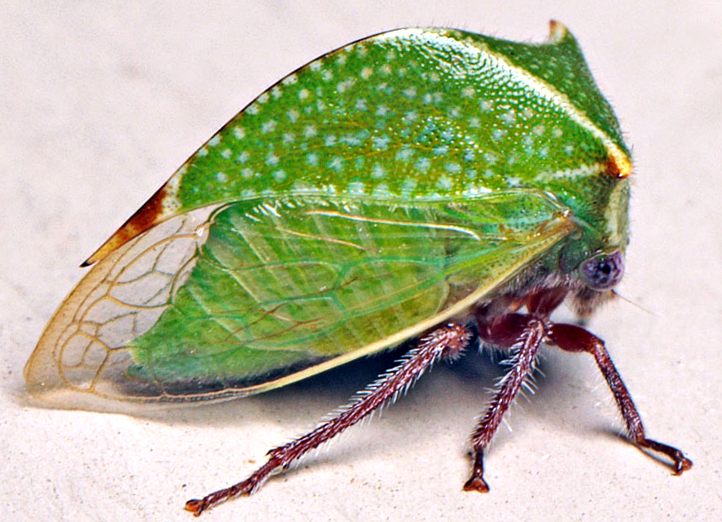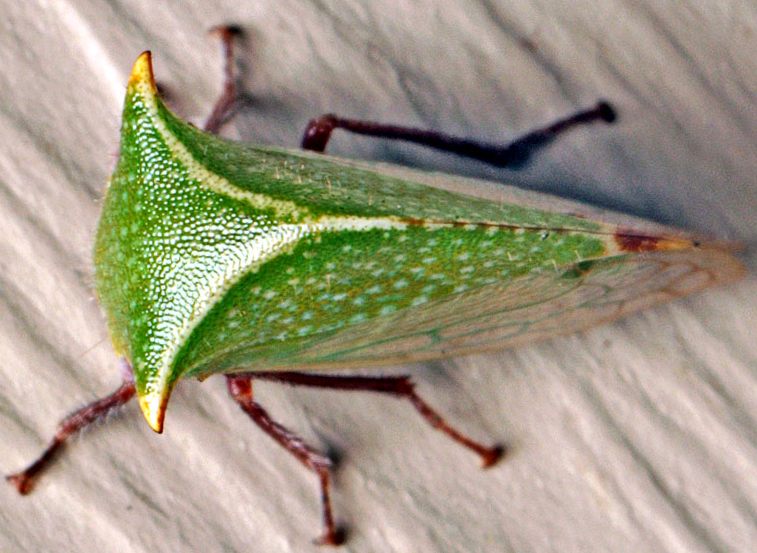Species Photo Gallery for Stictocephala bisonia Buffalo Treehopper 12 |
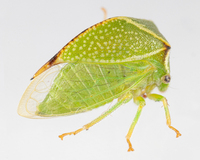 | Photo by: Solomon Hendrix
Out Of State Co.
Comment: female; collected sweeping asteraceous foliage |  | Photo by: Solomon Hendrix
Out Of State Co.
Comment: female; collected sweeping asteraceous foliage |
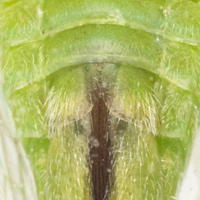 | Photo by: Solomon Hendrix
Out Of State Co.
Comment: female; collected sweeping asteraceous foliage | 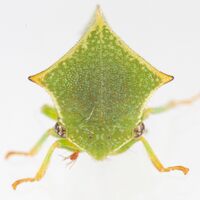 | Photo by: Solomon Hendrix
Out Of State Co.
Comment: female; collected sweeping asteraceous foliage |
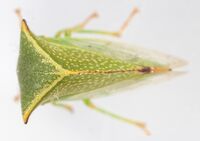 | Photo by: Solomon Hendrix
Out Of State Co.
Comment: female; collected sweeping asteraceous foliage | 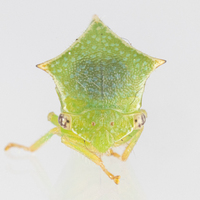 | Photo by: Solomon Hendrix
Out Of State Co.
Comment: male; collected sweeping asteraceous foliage |
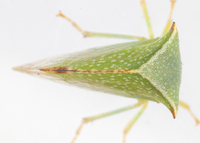 | Photo by: Solomon Hendrix
Out Of State Co.
Comment: male; collected sweeping asteraceous foliage | 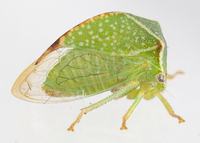 | Photo by: Solomon Hendrix
Out Of State Co.
Comment: male; collected sweeping asteraceous foliage |
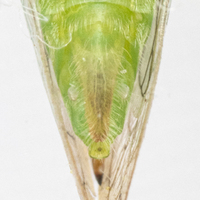 | Photo by: Solomon Hendrix
Out Of State Co.
Comment: male; collected sweeping asteraceous foliage | 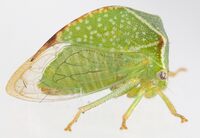 | Photo by: Solomon Hendrix
Out Of State Co.
Comment: male; collected sweeping asteraceous foliage |
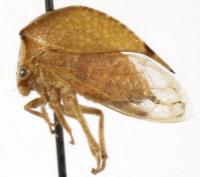 | Photo by: Matthew S. Wallace
Out Of State Co.
Comment: | 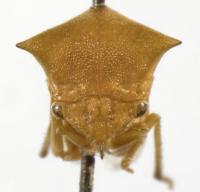 | Photo by: Matthew S. Wallace
Out Of State Co.
Comment: |
|

 »
»